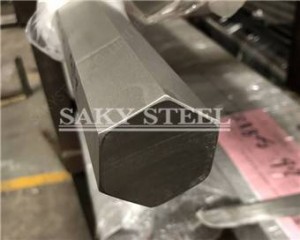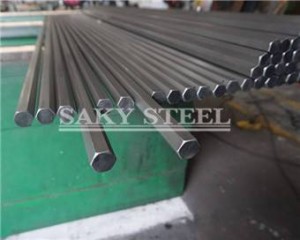Stainless steel hexagon bars are widely used in various industries due to their excellent mechanical and thermal properties. Among them, 310 and 310S stainless steel hexagon bars stand out for their exceptional performance in high-temperature environments. Understanding the unique characteristics of these materials is essential for selecting the right material for specific applications.
One key aspect of 310 and 310S stainless steel hexagon bars is their high-temperature strength. These grades belong to the heat-resistant austenitic stainless steel family and exhibit remarkable resistance to thermal fatigue and creep deformation. This property makes them ideal for applications in furnaces, kilns, and other heat-intensive equipment.
310 310s Stainless Steel Hexagon Bar Chemical Composition
| Grade | C | Mn | Si | P | S | Cr | Ni |
| SS 310 | 0.25 max | 2.0 max | 1.5 max | 0.045 max | 0.030 max | 24.0 – 26.0 | 19.0- 22.0 |
| SS 310S | 0.08 max | 2.0 max | 1.5 max | 0.045 max | 0.030 max | 24.0 – 26.0 | 19.0- 22.0 |
Mechanically, 310 and 310S stainless steel hexagon bars demonstrate impressive tensile strength, which allows them to withstand heavy loads and stress. Their ductility and toughness make them suitable for applications that require machining, forming, and welding processes. Moreover, these materials exhibit good dimensional stability, minimizing the risk of deformation and ensuring long-term reliability in critical applications.
When it comes to thermal properties, 310 and 310S stainless steel hexagon bars have low thermal expansion coefficients, ensuring stability and resistance to thermal stresses. This characteristic is particularly valuable in applications involving rapid heating and cooling cycles or when dimensional stability is essential.
Post time: Jul-10-2023

